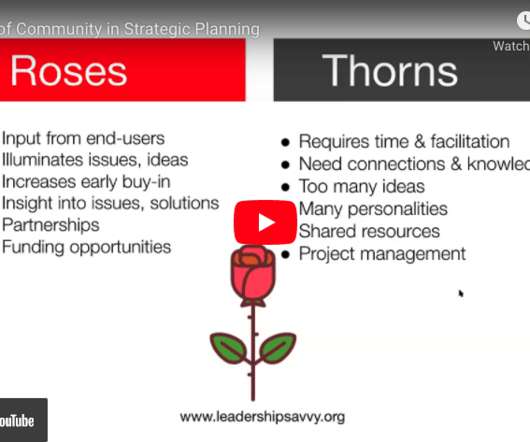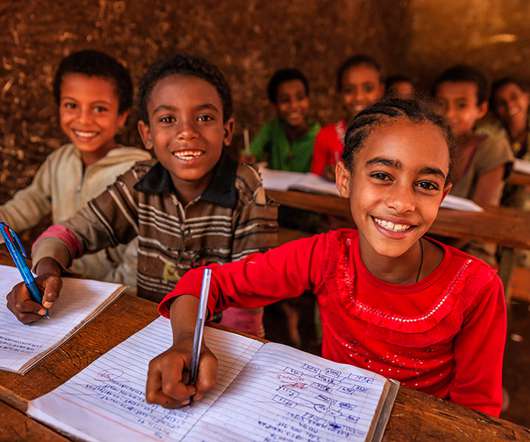Amplifying Female Voices: Strategies for Equitable and Inclusive Grantmaking
sgEngage
JUNE 28, 2023
Like many diversity efforts, including women’s voices in grantmaking decisions—particularly women from historically marginalized groups—doesn’t often happen organically. The first step to creating more inclusive grantmaking is understanding whose voice is being lost. Artwork by Toya Beacham See Women and Girls. Intentionally.

























Let's personalize your content